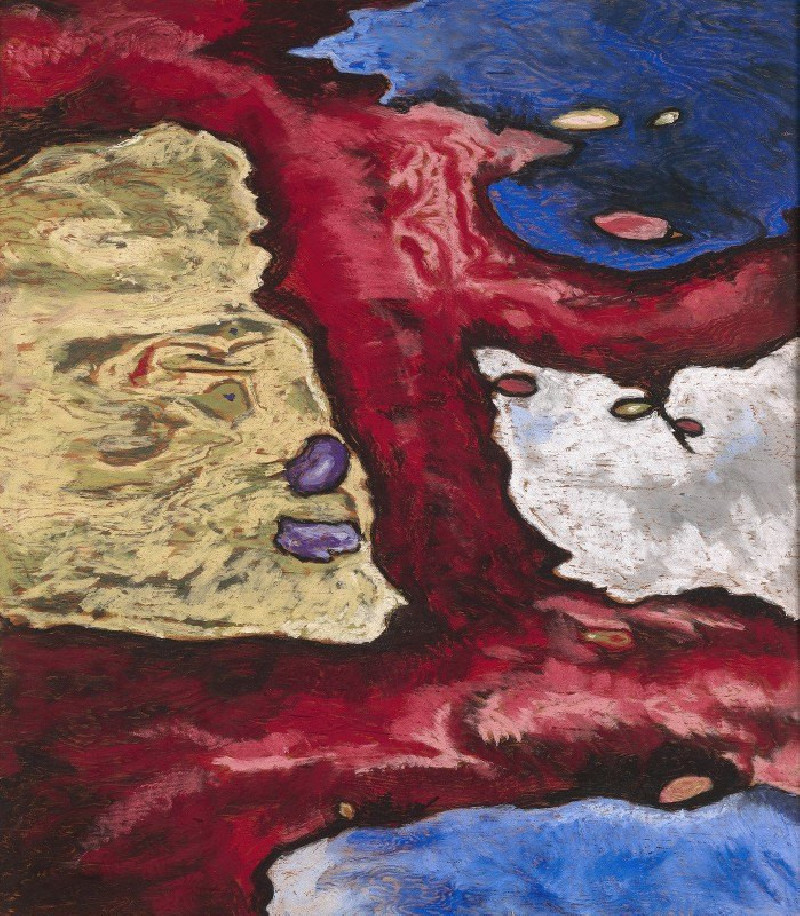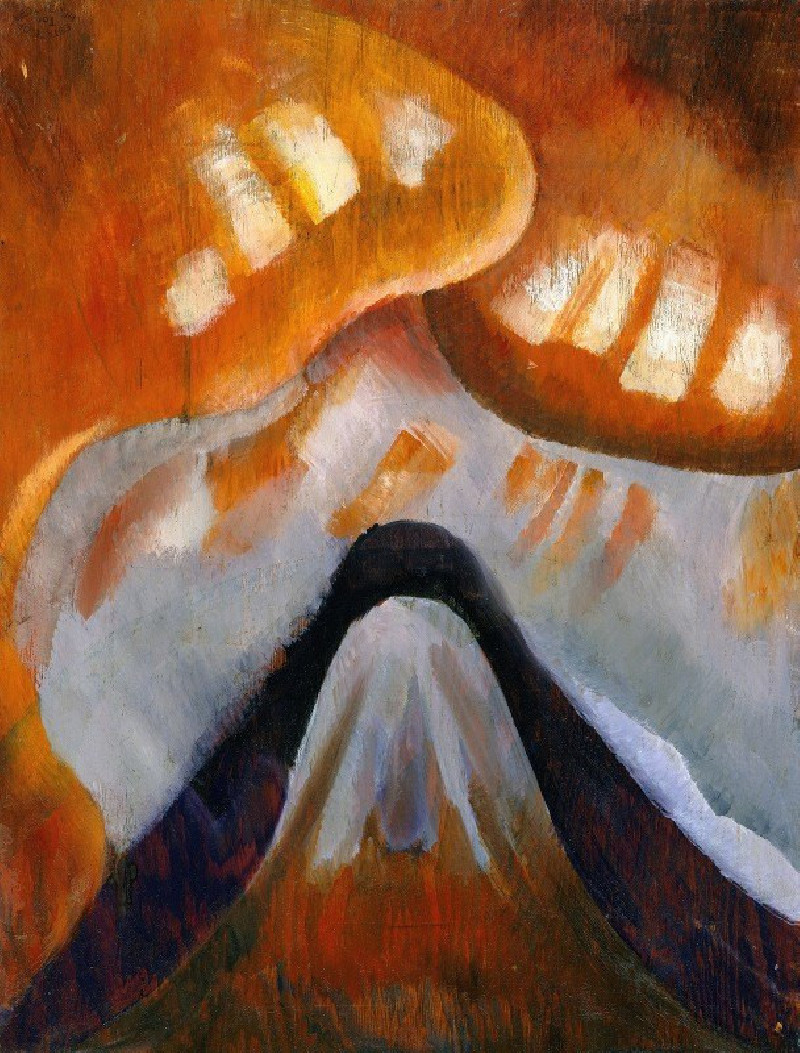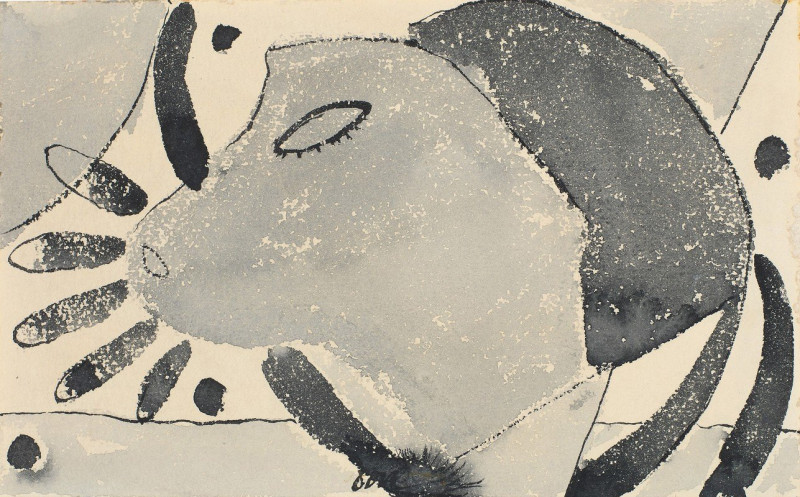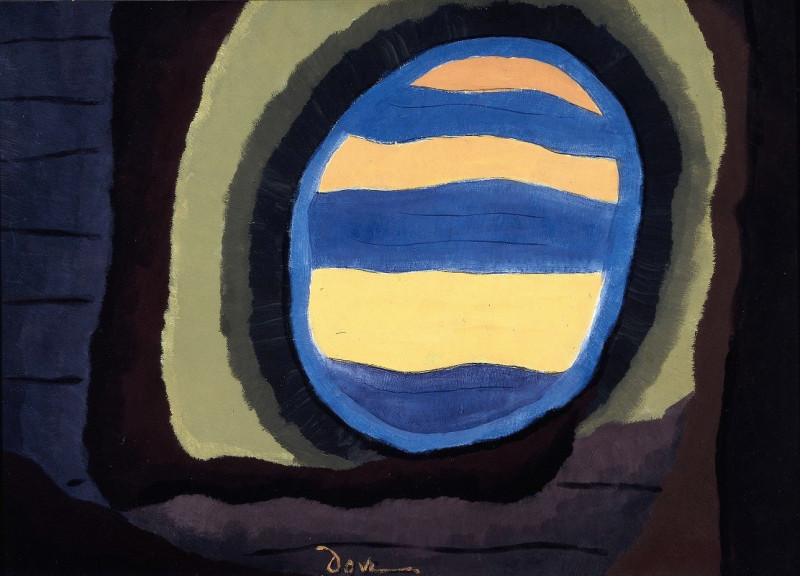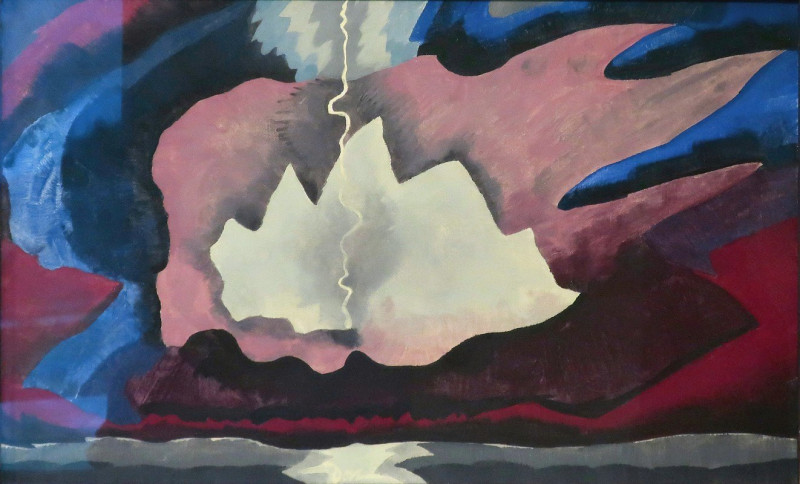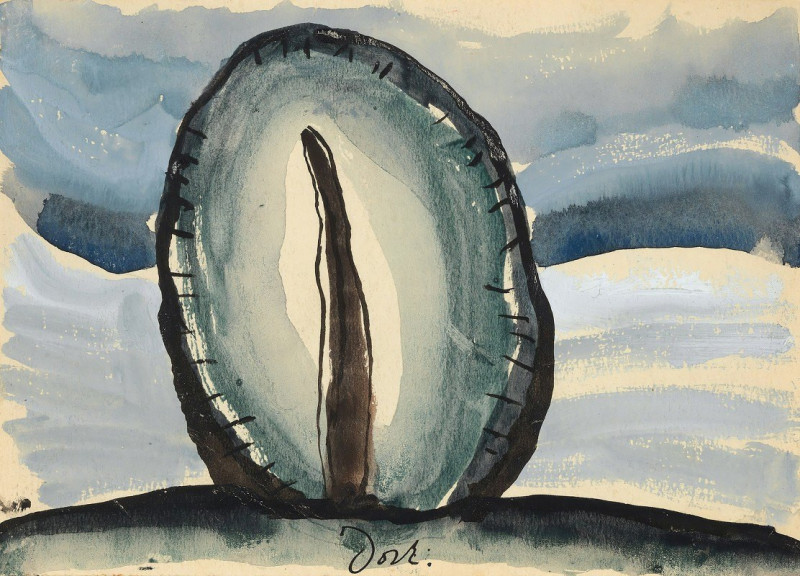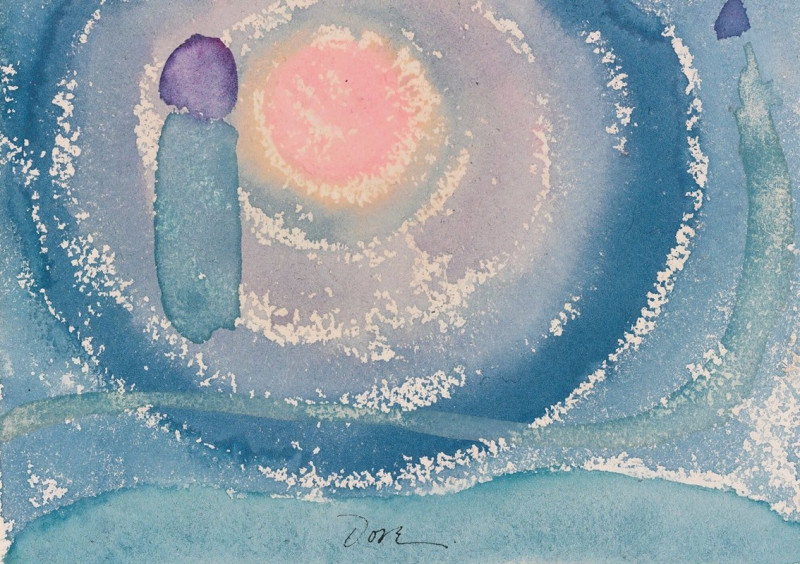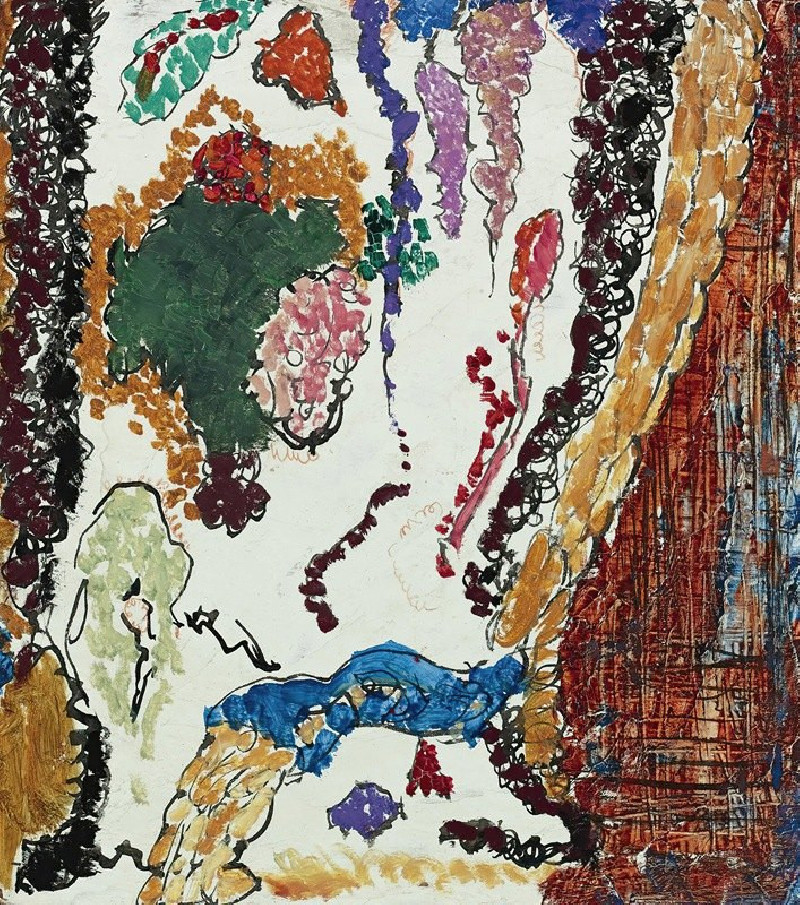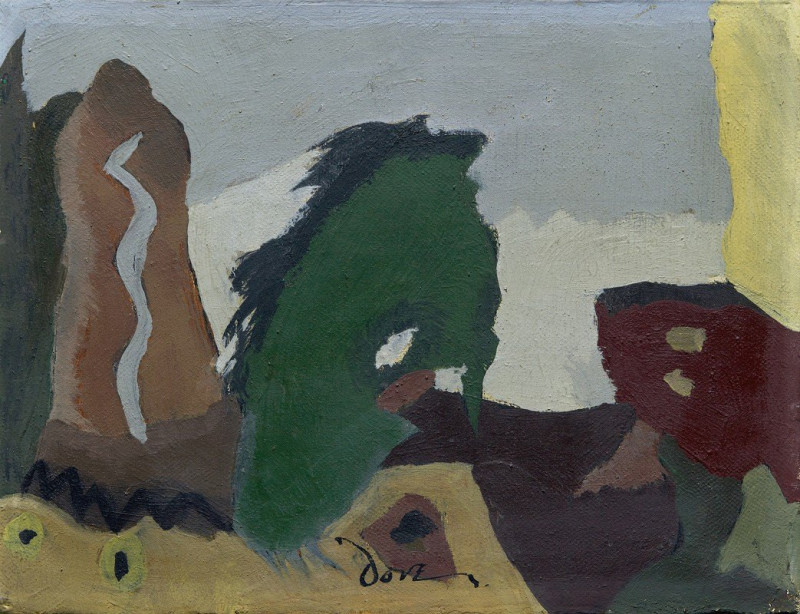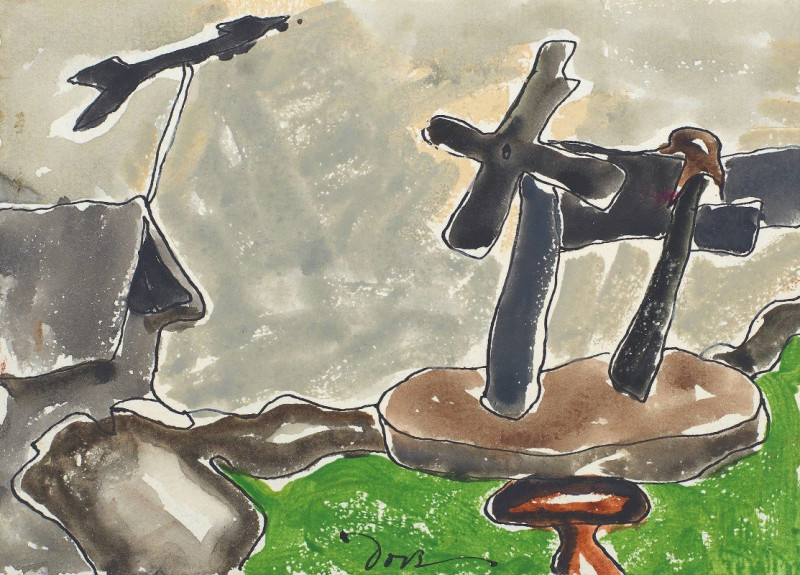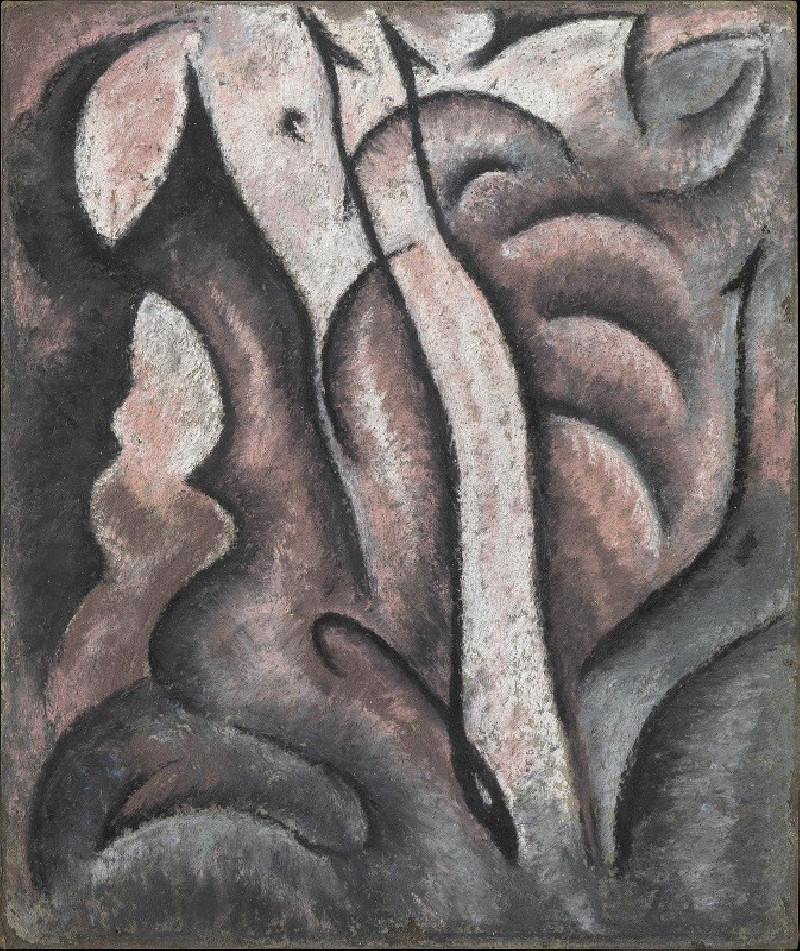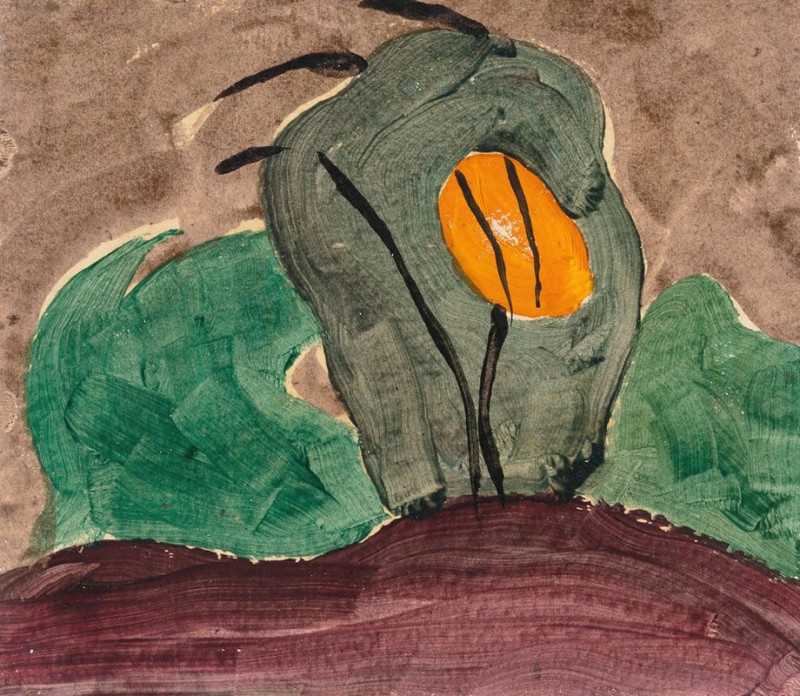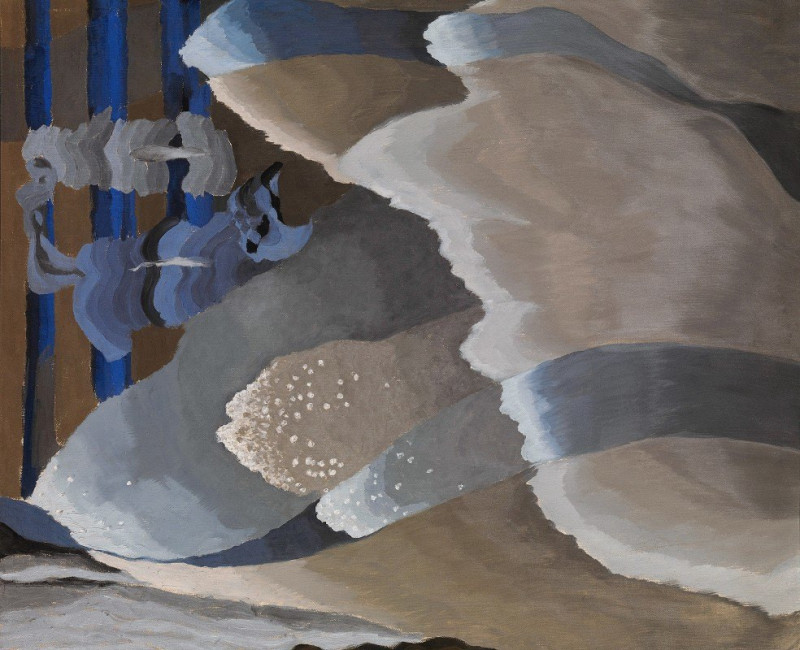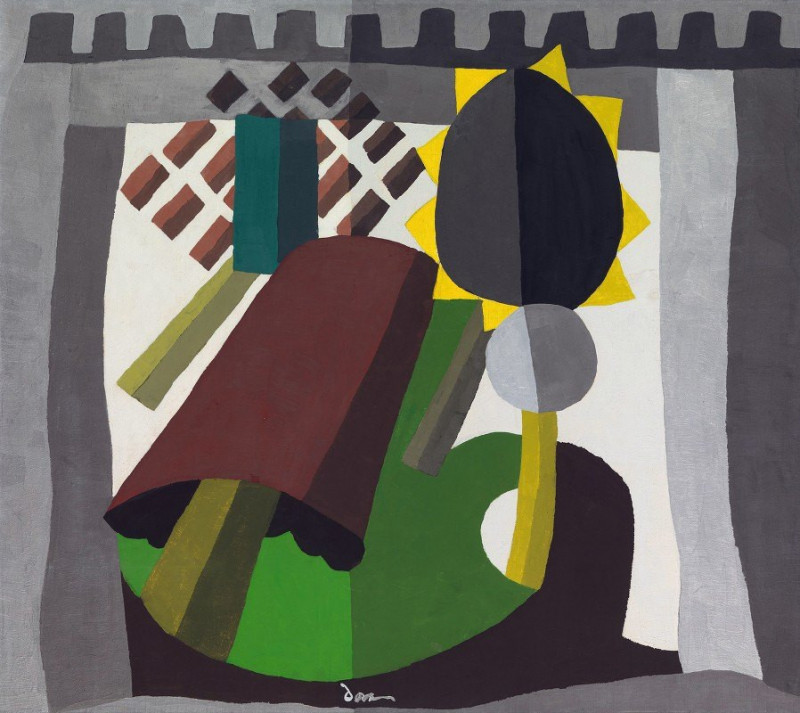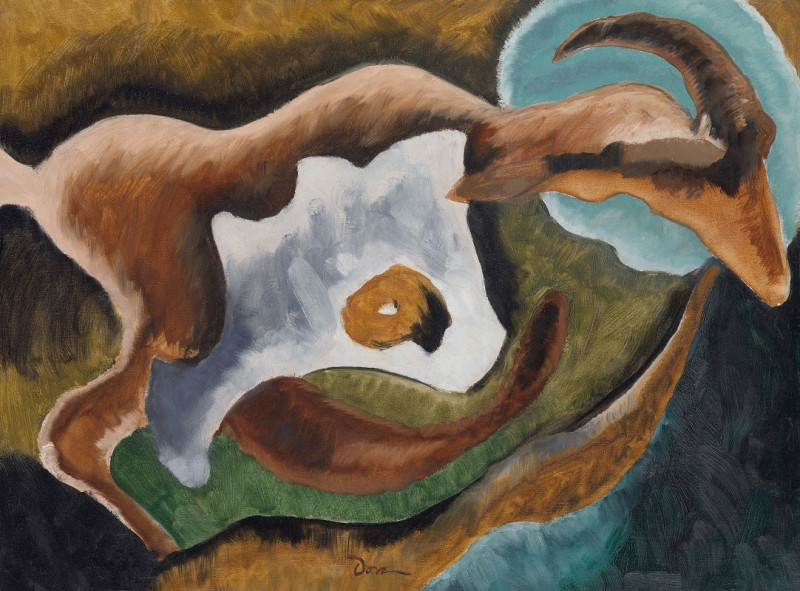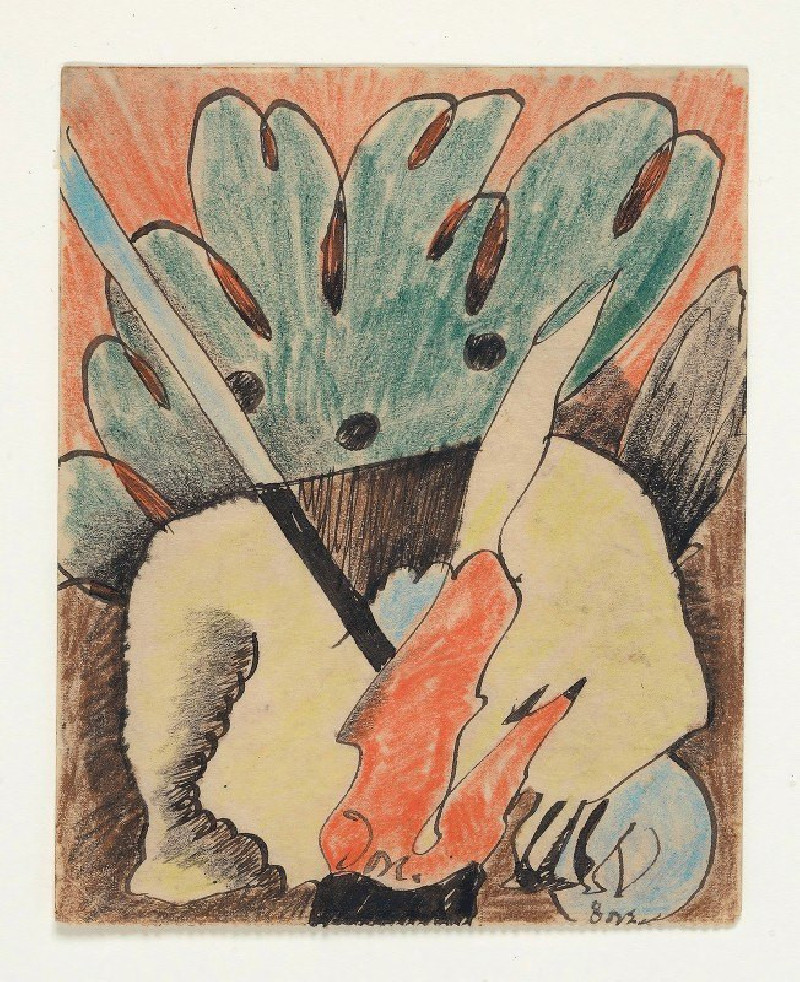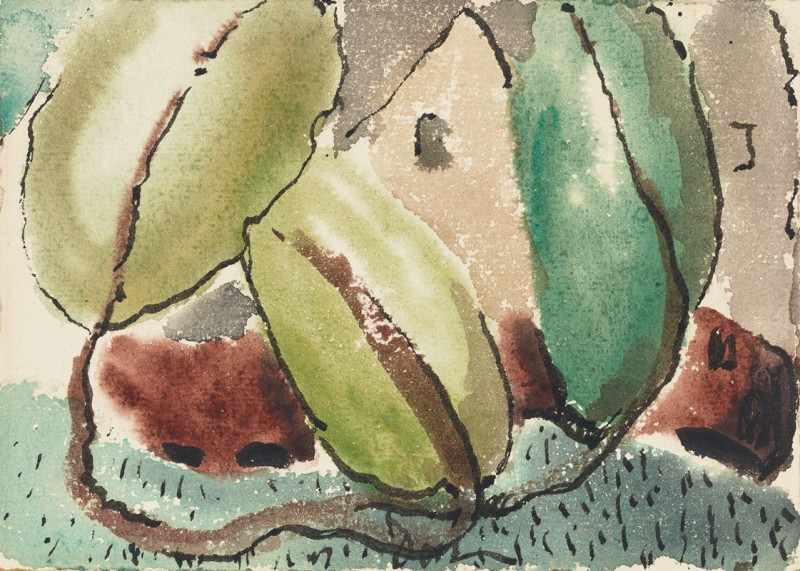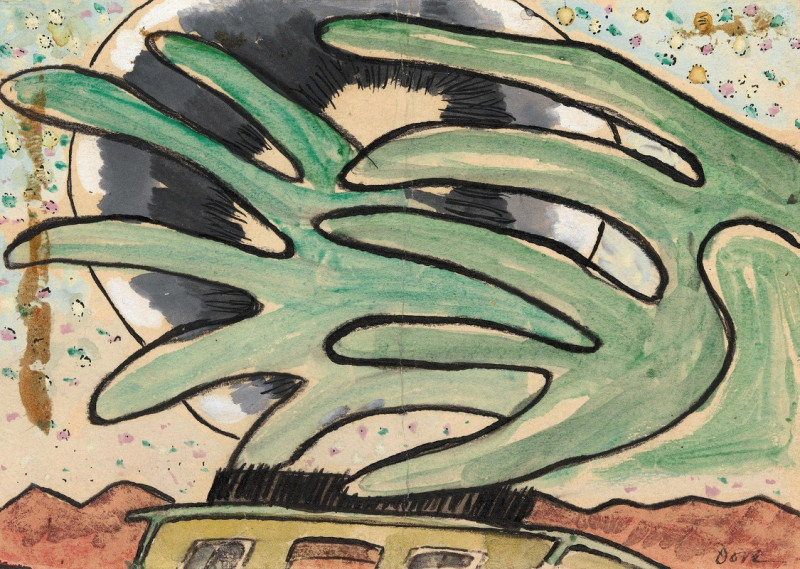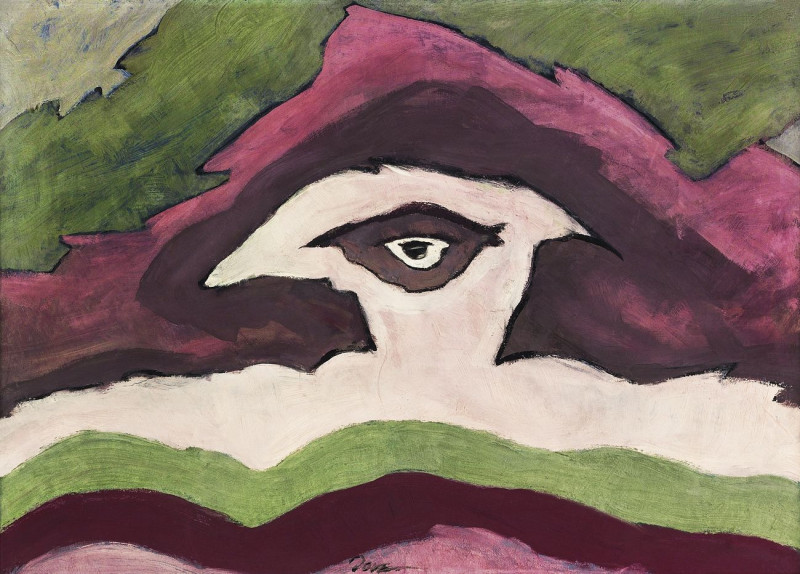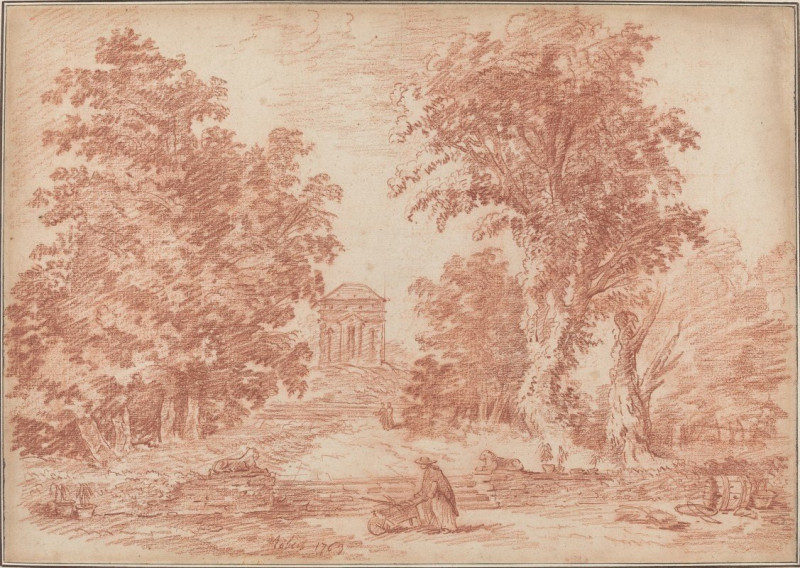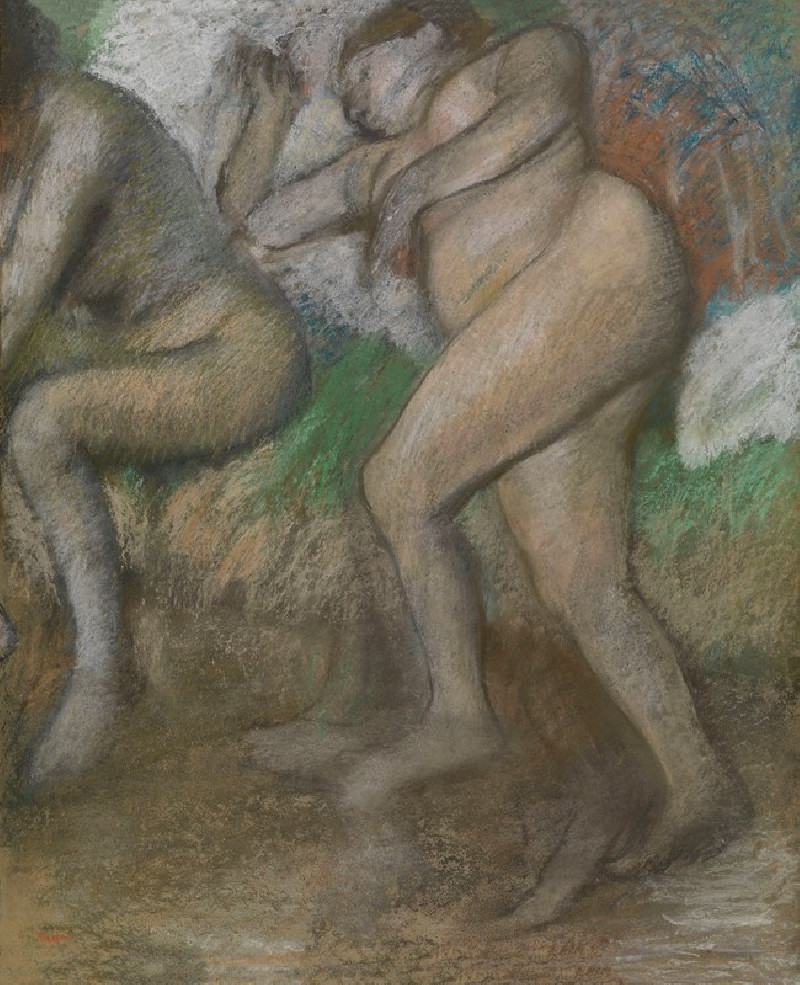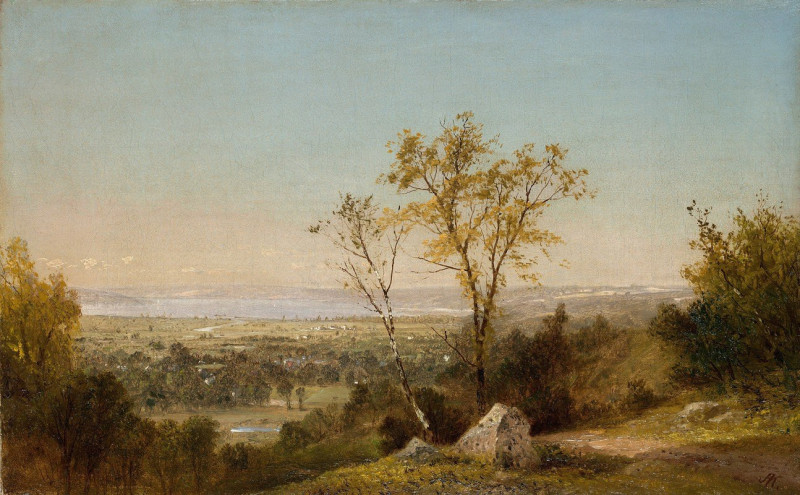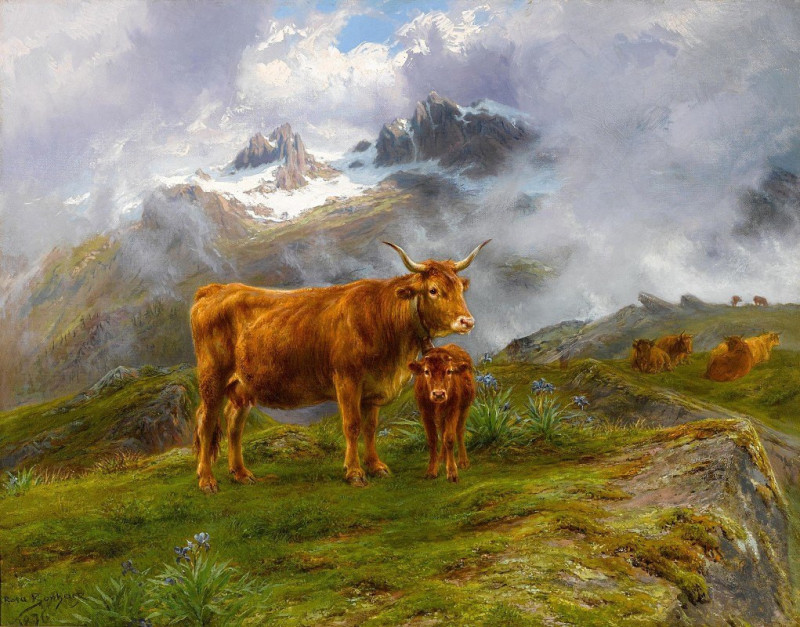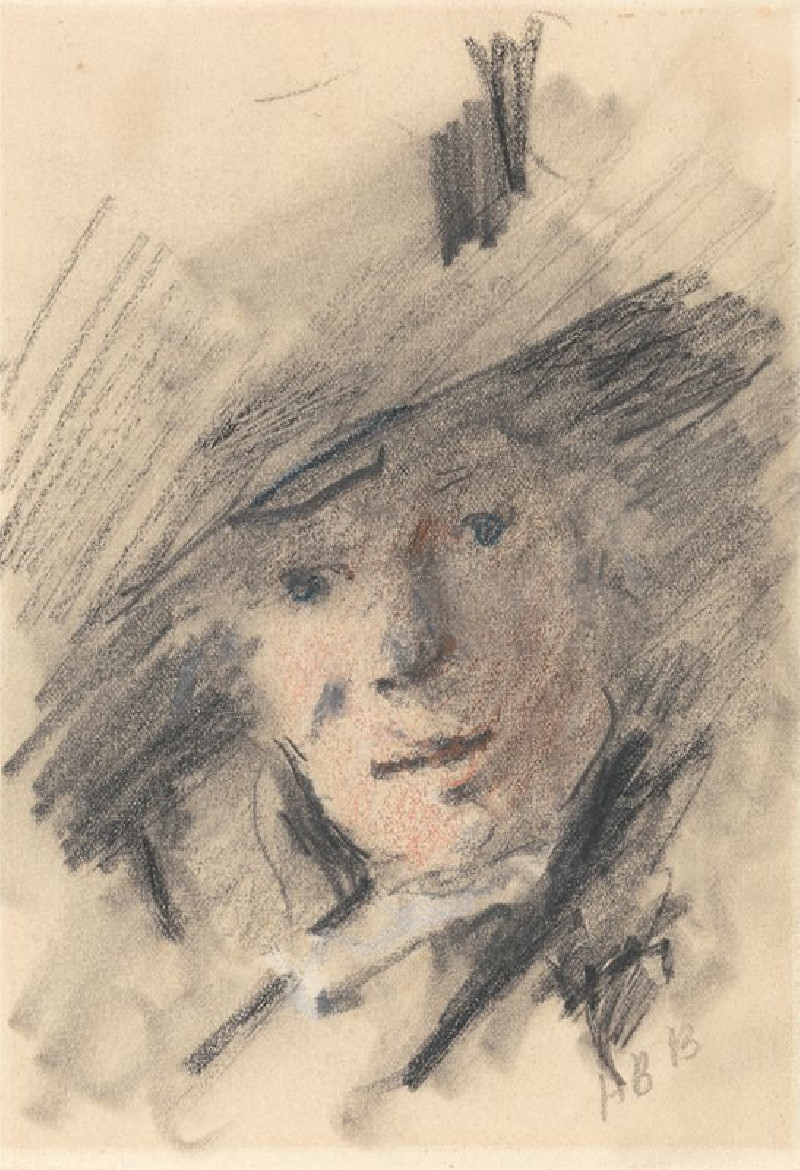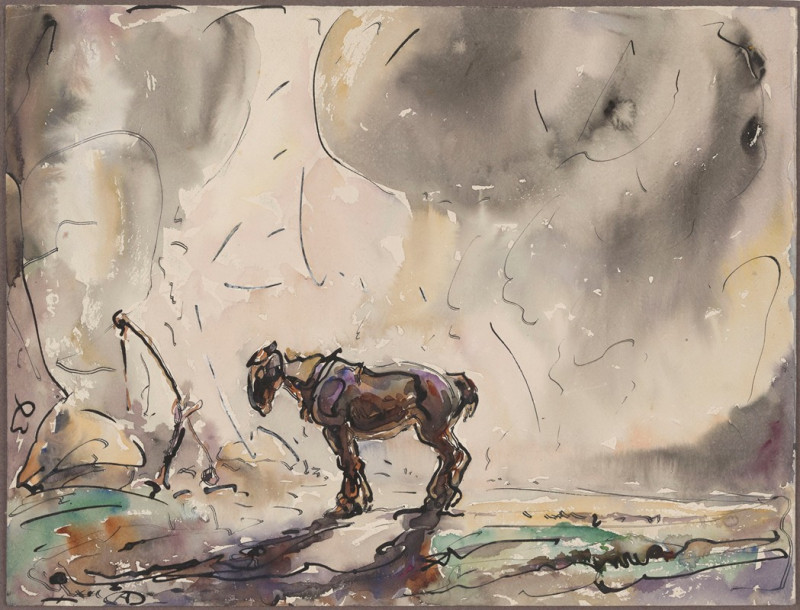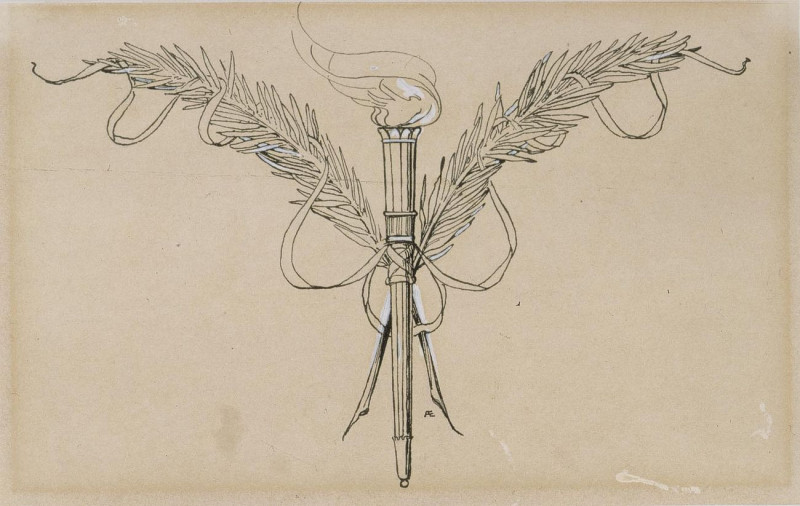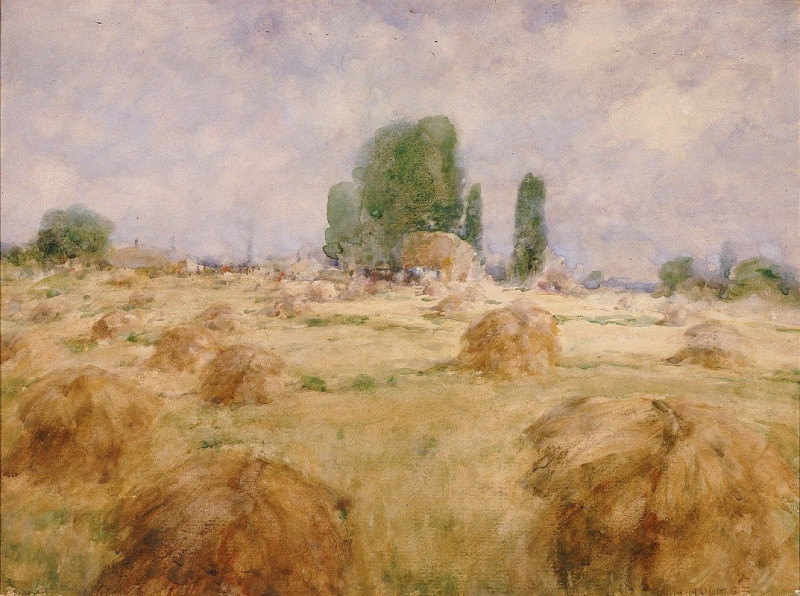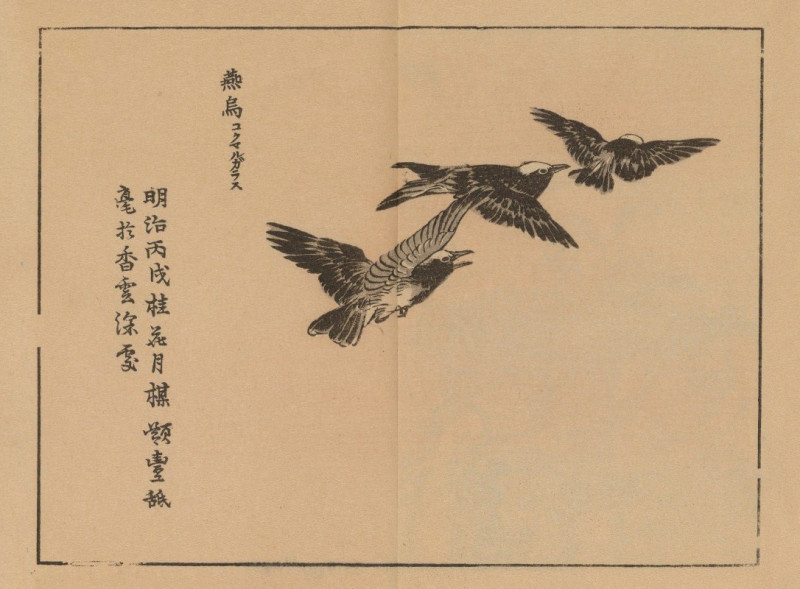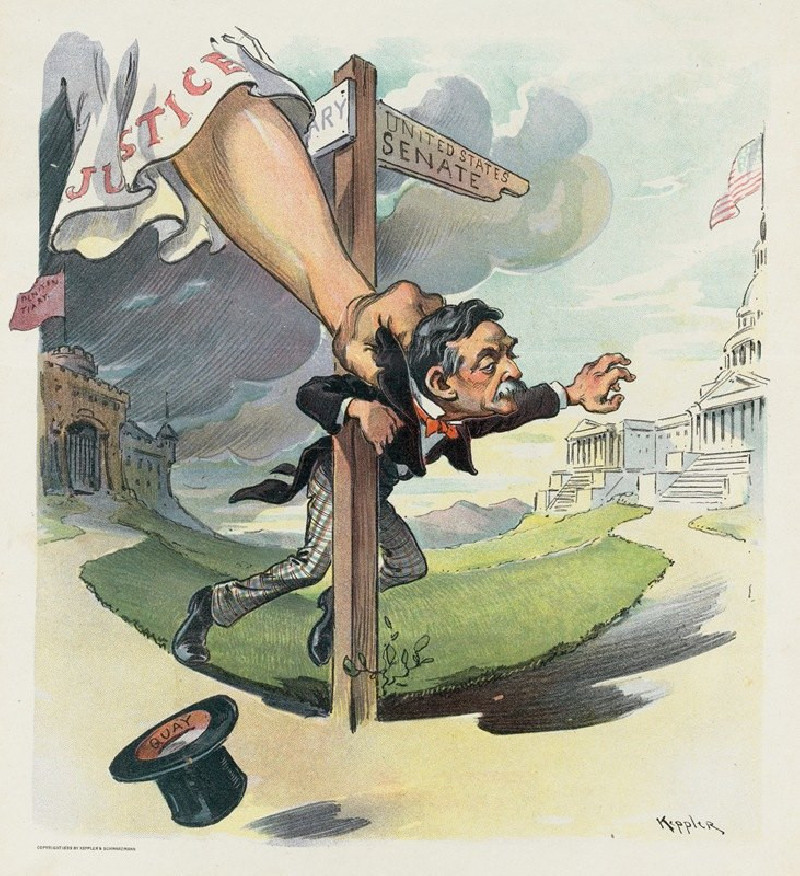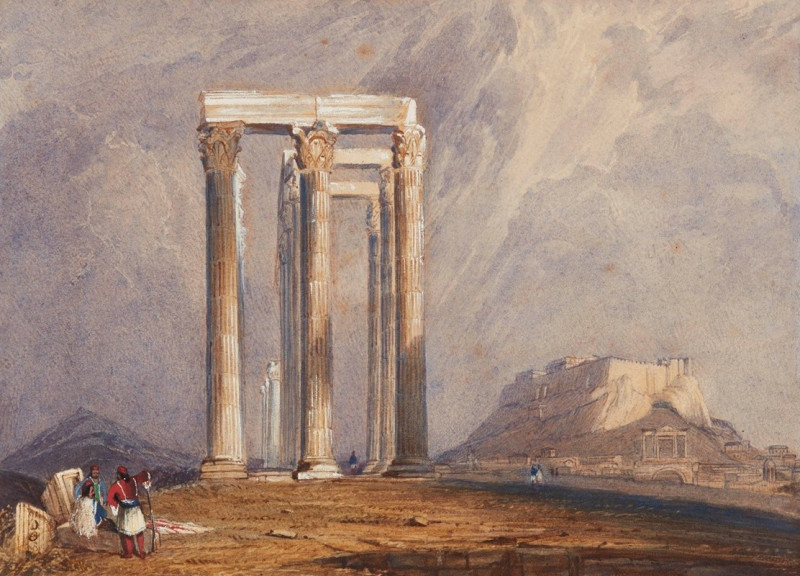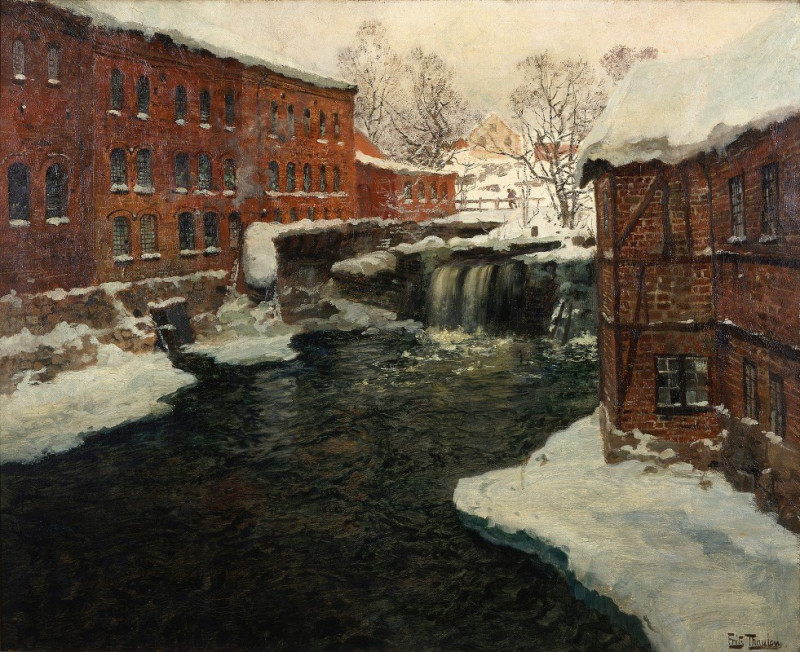Pagan Philosophy (1913)
Technique: Giclée quality print
Recommended by our customers
More about this artwork
Arthur Dove’s 1913 masterpiece, "Pagan Philosophy," captures the imagination with its intricate abstract forms and resonant color palette. This early example of American abstract art showcases Dove’s innovative exploration of form, color, and composition, asserting his role as a pioneer in abstract painting."Pagan Philosophy" presents a dynamic interplay of dusky blues and deep shades. Dove manipulates curved lines and interlocking shapes to evoke a sense of rhythm and movement, inviting viewers to discern their individual interpretations of the piece. The forms might suggest elements of nature, such as leaves and waves, intertwining in a harmonious yet mysterious pattern. These interpretations align with Dove’s fascination with nature and his continuous strive to encapsulate its essence abstractly.The painting’s dark tones and varied textures create a mood that is both contemplative and elemental, hinting at the primal themes associated with paganism. Dove’s unique ability to translate emotional and spiritual experiences into visual form is evident here, as he plays with the boundaries between the recognizable and the enigmatic."Pagan Philosophy" is not only a visual journey but also an invitation to explore the deeper connections between the natural world and spiritual realms.
Delivery
Returns
Arthur Dove was a Modernist American artist well known for landscapes and abstract paintings. Dove produced commercial illustration works for magazines including Harper’s Magazine. After returning from Paris, Dove met Alfred Stieglitz who mentored him. During his life, he created a number of inventive and distinguishing artworks using stylize abstract forms, often representing nature including sunrise, trees, water, waterfall, and thunderstorm. Dove’s fame continued to grow after his death. He is said to influence the first generation of Abstract Expressionists, such as Jackson Pollock and Mark Rothko.







